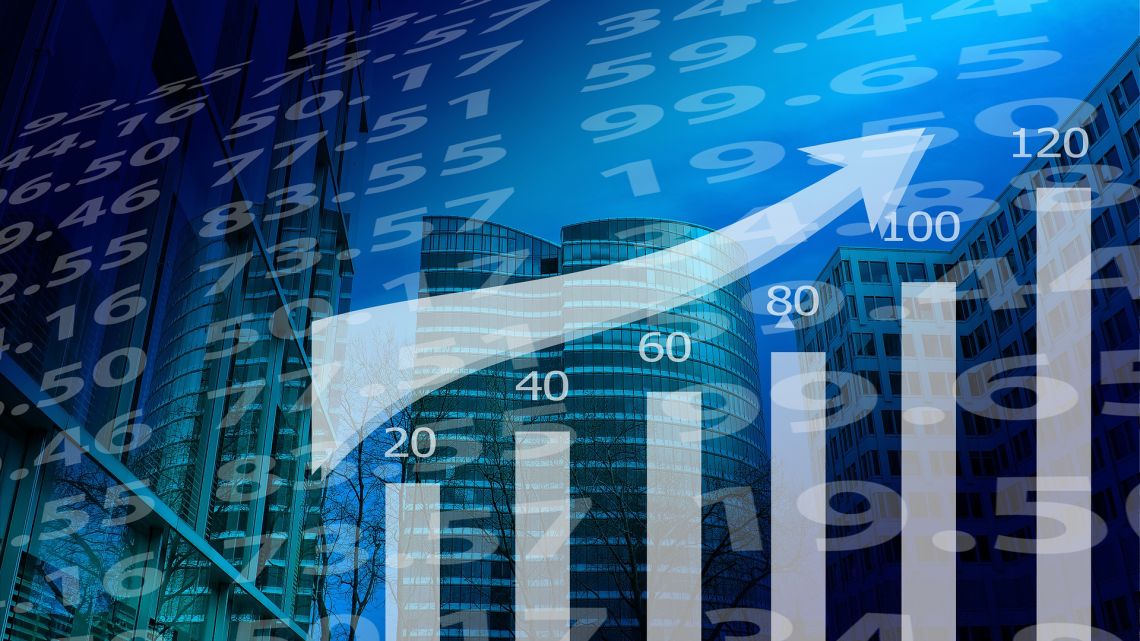
How do we calculate the gains from trade? The answer might seem simple: add the values of what each person gets in the transaction. But this ignores two crucial points: that what counts is not just the final numbers but also how those numbers are reached and that not everything can be traded. In this post, we'll take a closer look at both these issues and see how to calculate gains from trade correctly.
What is trade?
Trade is the exchange of goods and services between two or more people or countries. Trade allows people to specialize in what they are good at and then trade for other goods and services they need or want. For example, a country that has much oil may trade oil for computers from another country.
What are gains from trade?
Gains from trade are the benefits that people or countries receive from trading with each other. When two countries trade, both countries can end up better off than if they had not traded.
How can gains from trade be calculated?
There are several ways to calculate gains from trade. One way is to look at the difference in the prices of goods and services before and after the trade. Another way is to look at the number of goods and services that can be produced with the same amount of resources after the trade.
What are some factors that can affect gains from trade?
Several factors can affect gains from trade. One factor is tariffs, which are taxes on imported goods. Another factor is quotas, which limit the number of goods imported into a country. Both tariffs and quotas can make it more expensive for people in a country to buy imported goods, reducing gains from trade.
What are some benefits of free trade?
Free trade is when countries do not have tariffs or quotas on imported goods. Free trade allows countries to specialize in producing goods and services they are good at and then trade for other goods and services they need or want. This specialization can lead to higher production and greater efficiency, resulting in higher living standards for people in all countries involved in free trade.
What are some drawbacks of free trade?
While free trade can have many benefits, there are also some drawbacks. One drawback is that it can lead to job losses in specific industries in a country as production shifts to other countries. Another disadvantage is that it can create large trade imbalances between countries. For example, if one country exports more than it imports, it will accumulate a trade surplus, while if it imports more than it exports, it will have a trade deficit. Trade imbalances can cause economic problems and political tensions between countries.
What is the difference between gains from trade and economic growth?
Gains from trade refer to the benefits that people or countries receive from trading with each other. On the other hand, economic growth refers to an increase in a country's production of goods and services over time. Gains from trade can contribute to economic growth, but they are not the same thing.
What policy measures can be taken to increase gains from trade?
Several policy measures can be taken to increase gains from trade. One step is to reduce tariffs and quotas on imported goods. Another measure is to improve infrastructure so that goods can be transported more easily between countries. Another measure is to provide training and education to workers in industries affected by trade.
In conclusion…
Gains from trade are the benefits that people or countries receive from trading with each other. There are several ways to calculate profits from trade, and many factors can affect them. Free trade is when governments do not have tariffs or quotas on imported goods, leading to higher living standards for people in all countries involved.













Write Your Comment